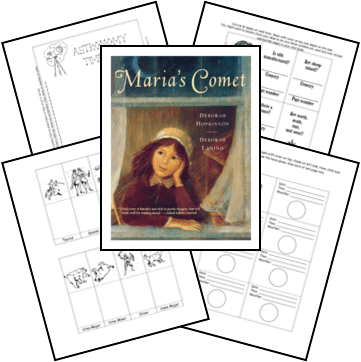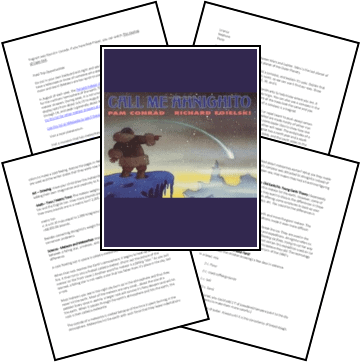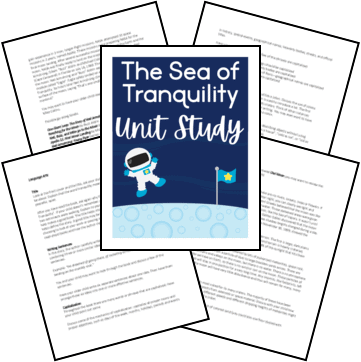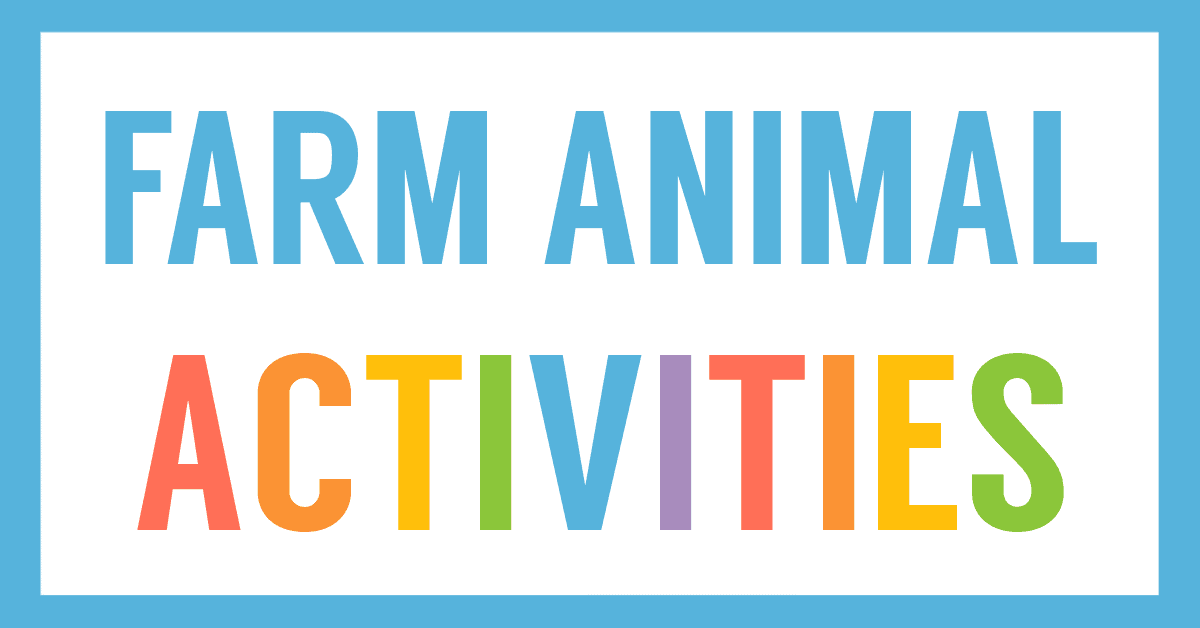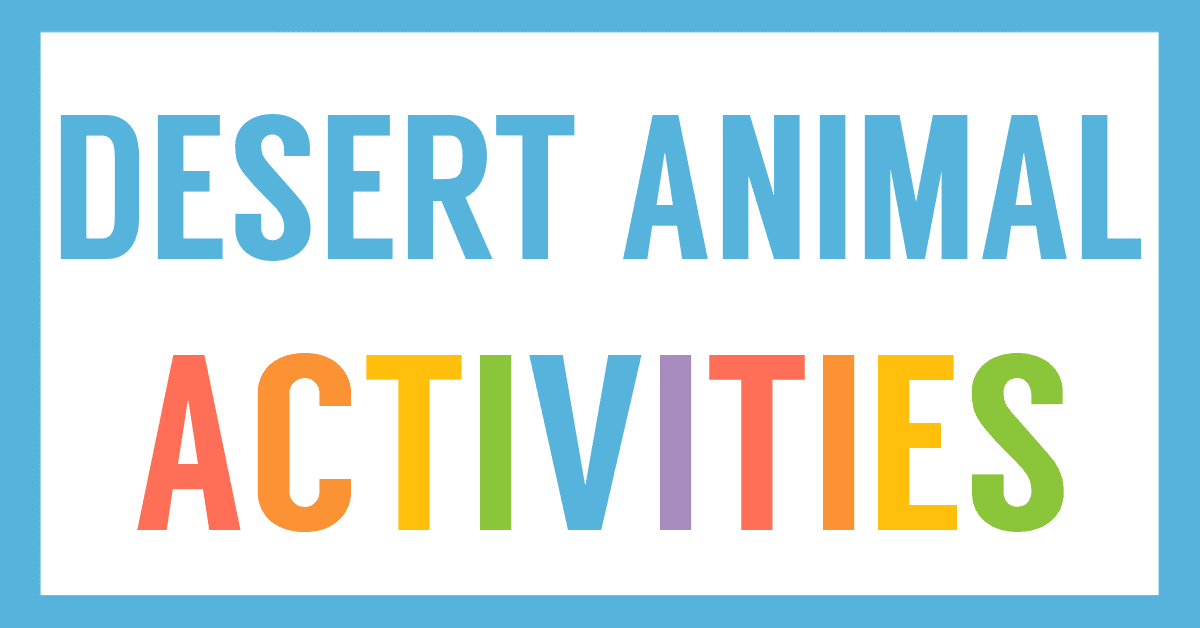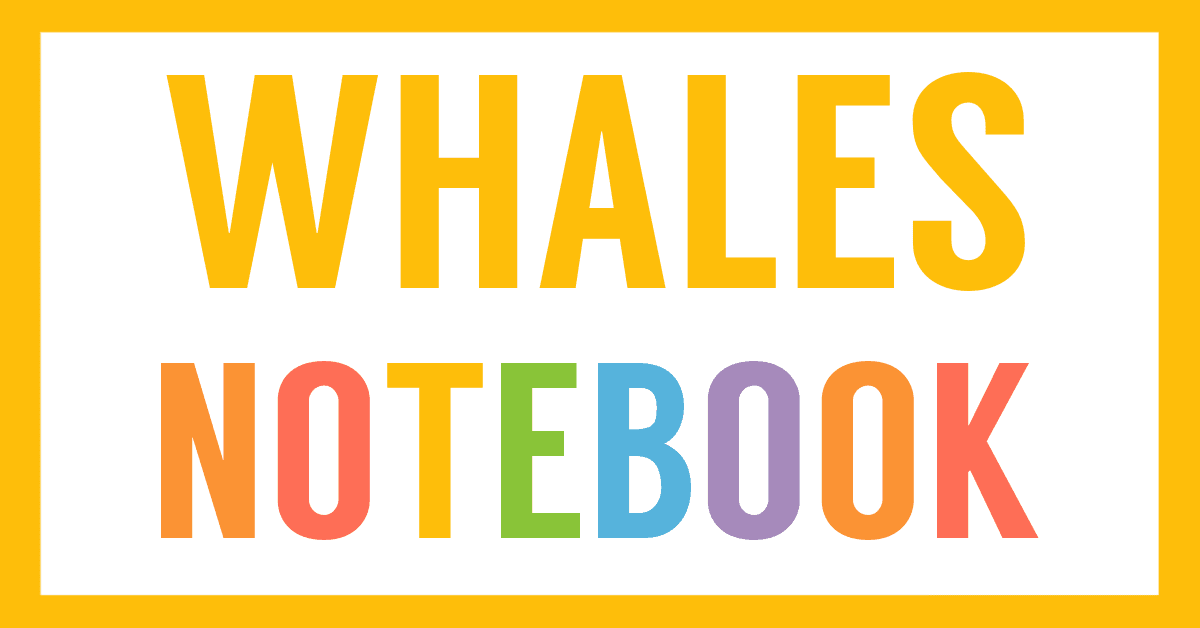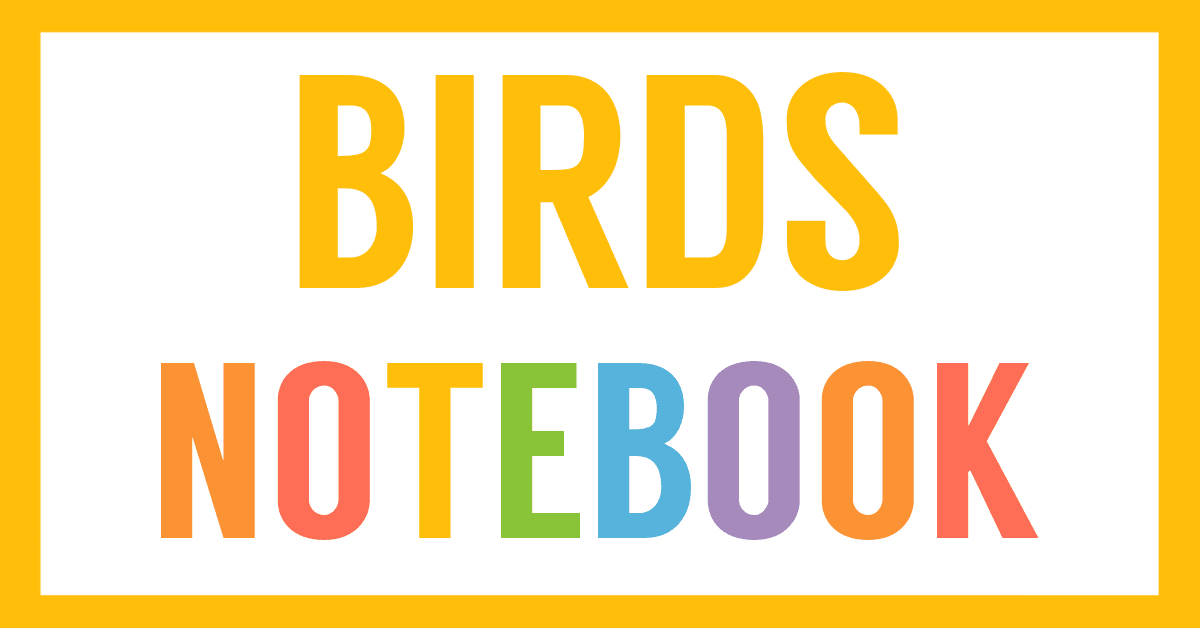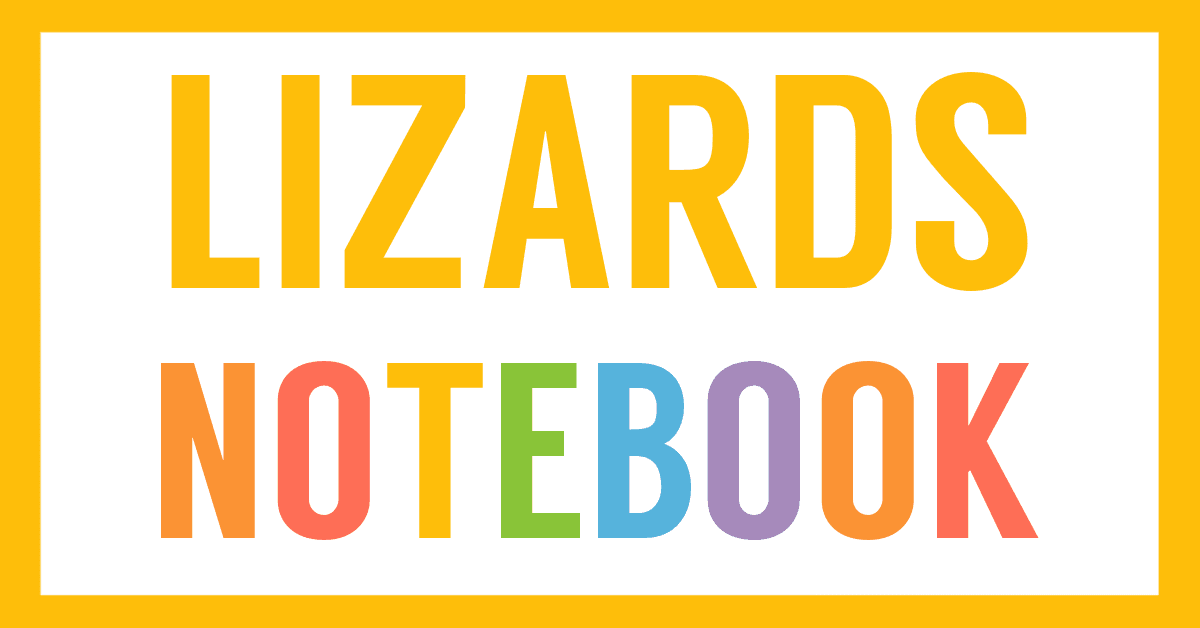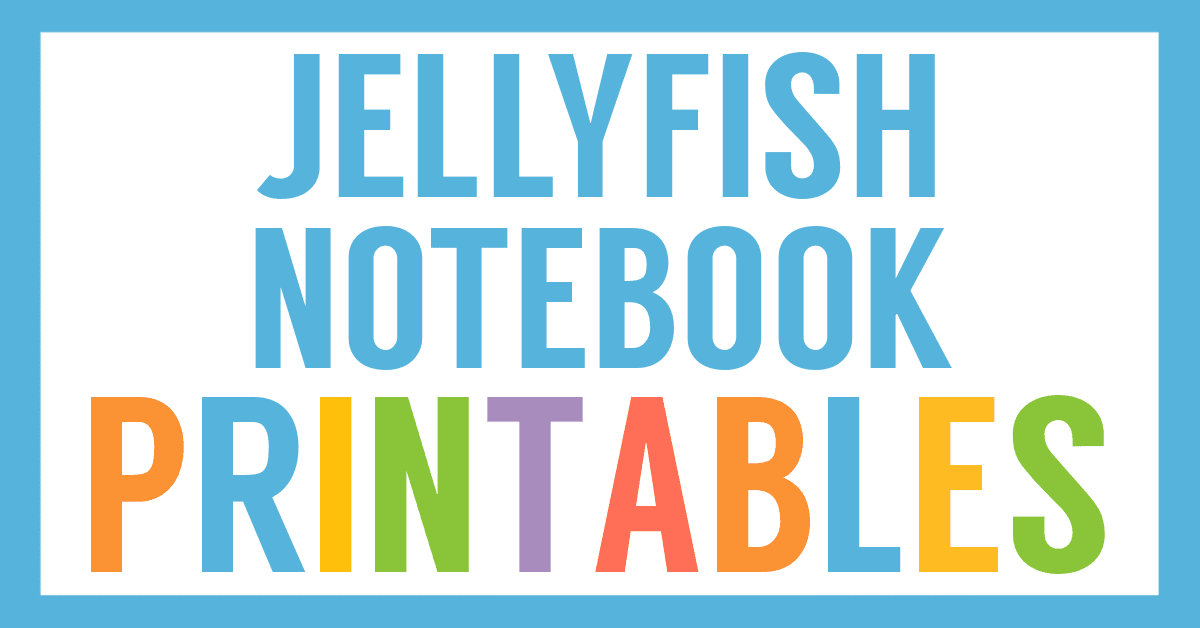Affiliate Disclaimer
We sometimes use affiliate links in our content. This won’t cost you anything, but it helps us to keep the site running. Thanks for your support.
The universe is vast and space presents a wide variety of topics to explore. Our Space Lapbook doesn’t cover everything, but it will keep your young astronomer learning oodles of information about our vast solar system.
Thanks to Kelly Ward, Kris Doyle, Ami Brainerd, Shannon Cook, Rachel Harris, Wende, and Jimmie for preparing this Space Lapbook.
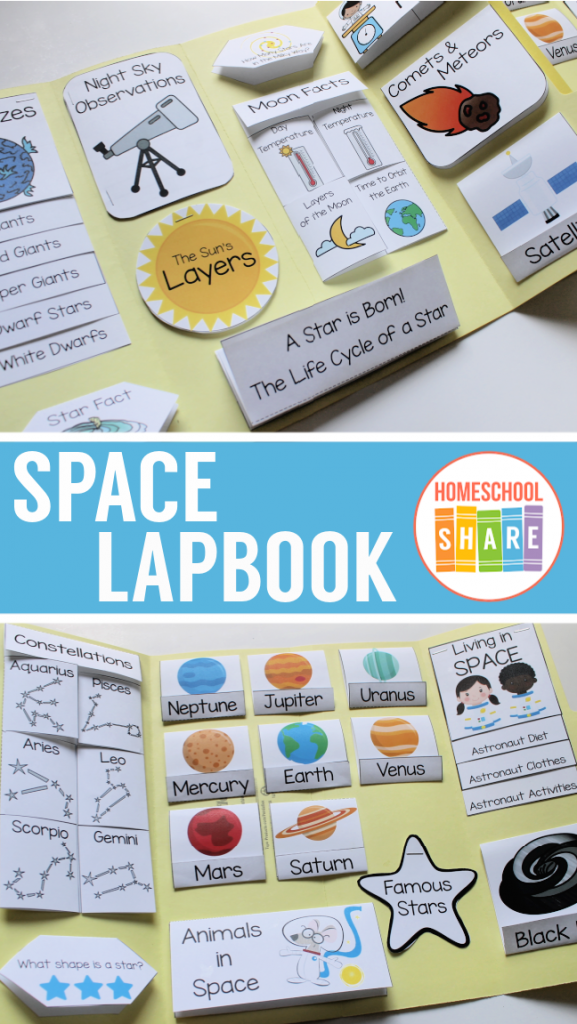
Space Lapbook Lessons
The Space Lapbook includes information and mini-books for learning about the sun, the moon, the stars, the planets, famous astronauts, famous astronomers, and more.
Here are some sample lessons from the Space Lapbook:
Mercury
Mercury is the closest planet to the sun. Its average distance from the sun is 36 million miles. Mercury has a quick orbit, making one complete revolution around the sun every 88 earth days making that 0.241 earth years.
Compared to Earth, Mercury rotates on its axis slowly, making one complete rotation every 58.6 earth days. Mercury is a terrestrial planet meaning it has a solid surface. Its surface is covered with craters. Because of Mercury’s small size it has almost no atmosphere to protect it from things like meteorites and the Sun’s heat. What atmosphere it does have is composed of helium and hydrogen. Such a lack of atmosphere allows extreme temperature changes. The side that faces the sun can get as hot as 800°F and the side facing away from the sun
can get a cold as -360°F. Mercury is the second smallest planet with a diameter of 3,031 miles. Its gravity is only 0.38 times as much as the gravity on earth.
Mercury was named after the Roman messenger of the gods. Mercury probably received the name for the Roman messenger of the gods because it moves so quickly across the sky.
Mercury does not have any moons.
Some fun about Mercury are:
All of the craters are named for artists, musicians and writers.
All of the valleys are named after observatories and the ridges and cliffs are named after ships that have explored the earth.
Comets and Meteors
Comets are lumps of ice and dust that come every so often into the center of the solar system from somewhere in its outer reaches. Some comets make several different trips into the solar system. When comets get close to the Sun, heat causes them to begin evaporating. Jets of gas and dust form long tails that we can see from Earth. These tails can sometimes be millions of miles long. The dust particles are as tiny as a grain of sand and are called meteors.
Meteors are debris and particles left over from passing comets. When they enter the earth’s atmosphere, they get hot very quickly. As the meteors burn up, they leave bright streaks of light across the night sky. These are often called shooting stars or falling stars.
Alan Shepard
Alan Shepard was born in 1923 in New Hampshire. He attended the United States Naval Academy in Annapolis, Maryland where he graduated in 1944. Shepard served on a destroyer during World War II and was a Navy test pilot when he was chosen to join the Astronaut Corps.
He became the first American to enter space on May 5,1961. Shepard spent only five minutes in actual space aboard Freedom 7. His flight paved the way for the United States to become a leader in space exploration. In 1971 he became the fifth man to walk on the Moon during the Apollo 14 mission. Shepard carried a golf club onboard the ship and was able to play golf on the Moon. After his Moon adventure, he became an admiral in the United States Navy, and was the first astronaut to ever achieve this rank. Admiral Shepard died on July 22, 1998.
Space Lapbook Printables
In addition to the information provided, the file also includes mini-books for your student to create a Space Lapbook.
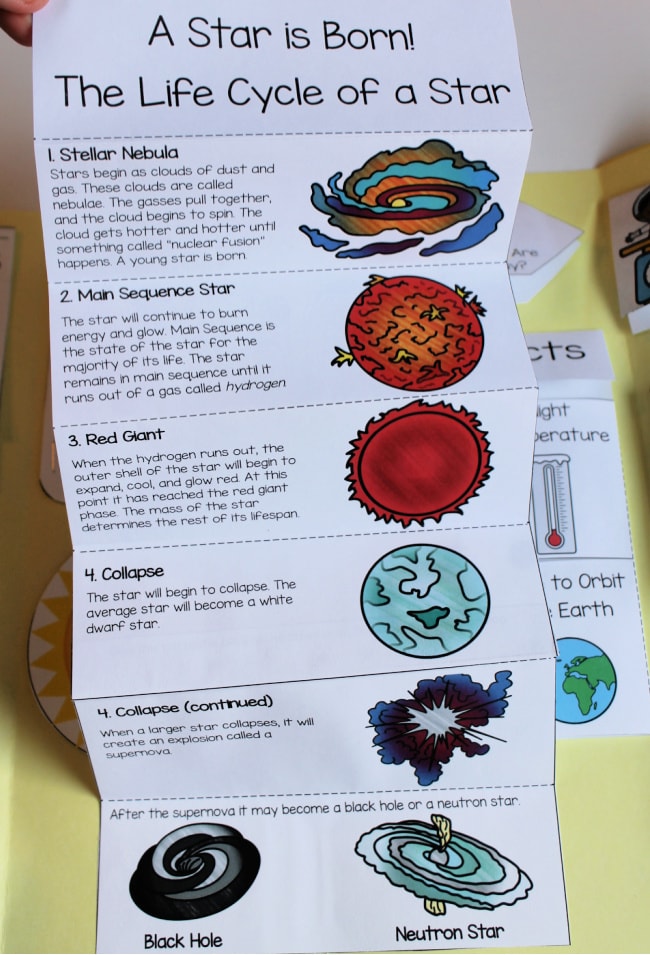
- Space Dictionary Tab Book
- Types of Galaxies Accordion
- Satellite Matchbook
- Black Hole Matchbook
- Comets and Meteors Simple Fold Book
- Famous Astronauts and Astronomers Cards and Pocket
- Living in Space Layer Book
- Animals in Space Tri-fold Book
- Significance of the Sun Tab Book
- The Sun’s Layers Circle Book
- Sun Facts Simple Fold
- How Big Is the Moon? Simple Fold
- Moon Facts Shutterflap Book
- The Moon’s Surface Flap Book
- Moon Phases Mini-book
- Weighing in on the Moon Flap Book
- Star Facts Simple Fold Books
- Star Sizes Layer Book
- Star Life Cycle Accordion Book
- Famous Stars Shape Book
- Constellations Shutterflap Book
- Night Sky Observations Mini-book
- Planets: Solid or Gas?
- Planet Matchbooks
- Planet Temperatures Flap Book
- Planet Sizes Cards & Pocket
Solar System Lapbook Sample
This lapbook has a bazillion options for mini-books. Here is a sample lapbook, but it only includes some of the mini-books found in the file. This sample was made with two file folders.
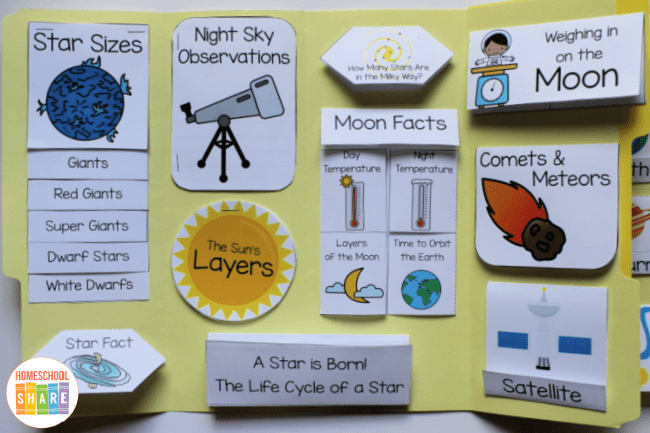
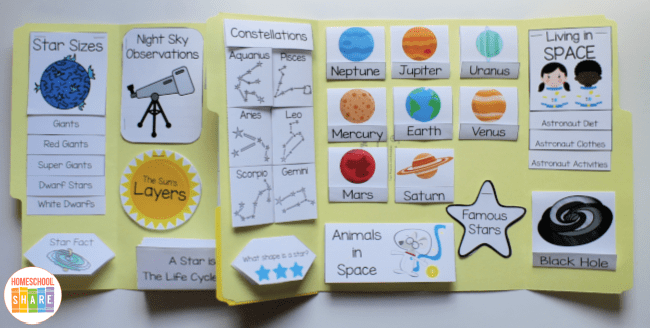
Space Lapbook Ideas
Since this lapbook includes gobs of mini-books to choose from, you could let your student choose a theme and create a smaller lapbook. Here are some ideas for narrowing your focus:
- Sun and Moon Lapbook (only include the mini-books about the sun and moon)
- Planets Lapbook (only include the mini-books about planets)
- Star Lapbook (include the mini-books about stars, constellations, and observing the night sky)
- Astronauts & Astronomers Lapbook (include Living in Space, the Animals in Space, mini-books about the moon, Night Sky Observations, Comets and Meteors, and Famous Astronauts and Astronomers Cards and Pocket, etc.)
The options are endless!
How to Get Started with the Space Lapbook
Follow these simple instructions to get started with the Space Lapbook.
- Grab some books about stars, planets, the sun, the moon, astronomers, and astronauts from your local library.
- Choose and print the lapbook printables you want to use with your student. This lapbook is so huge that you could pick just a few based on your student’s interest, or you could choose to simply focus on a few of the topics offered.
- Enjoy learning about outer space!
Download Your Free Space Lapbook
Use the form below to subscribe to the newsletter. Once you confirm, you’ll receive an email with the link to the lapbook. If you are already confirmed, simply enter your name and email address below, and you will receive an email with the link.
Learn More About Outer Space
Check out these unit studies and learn more about space.

